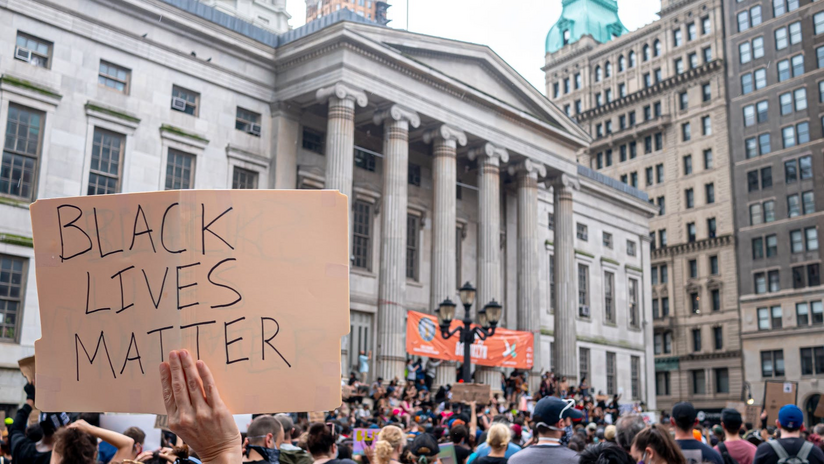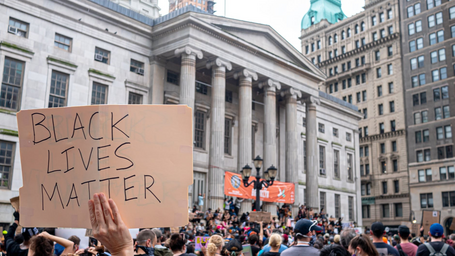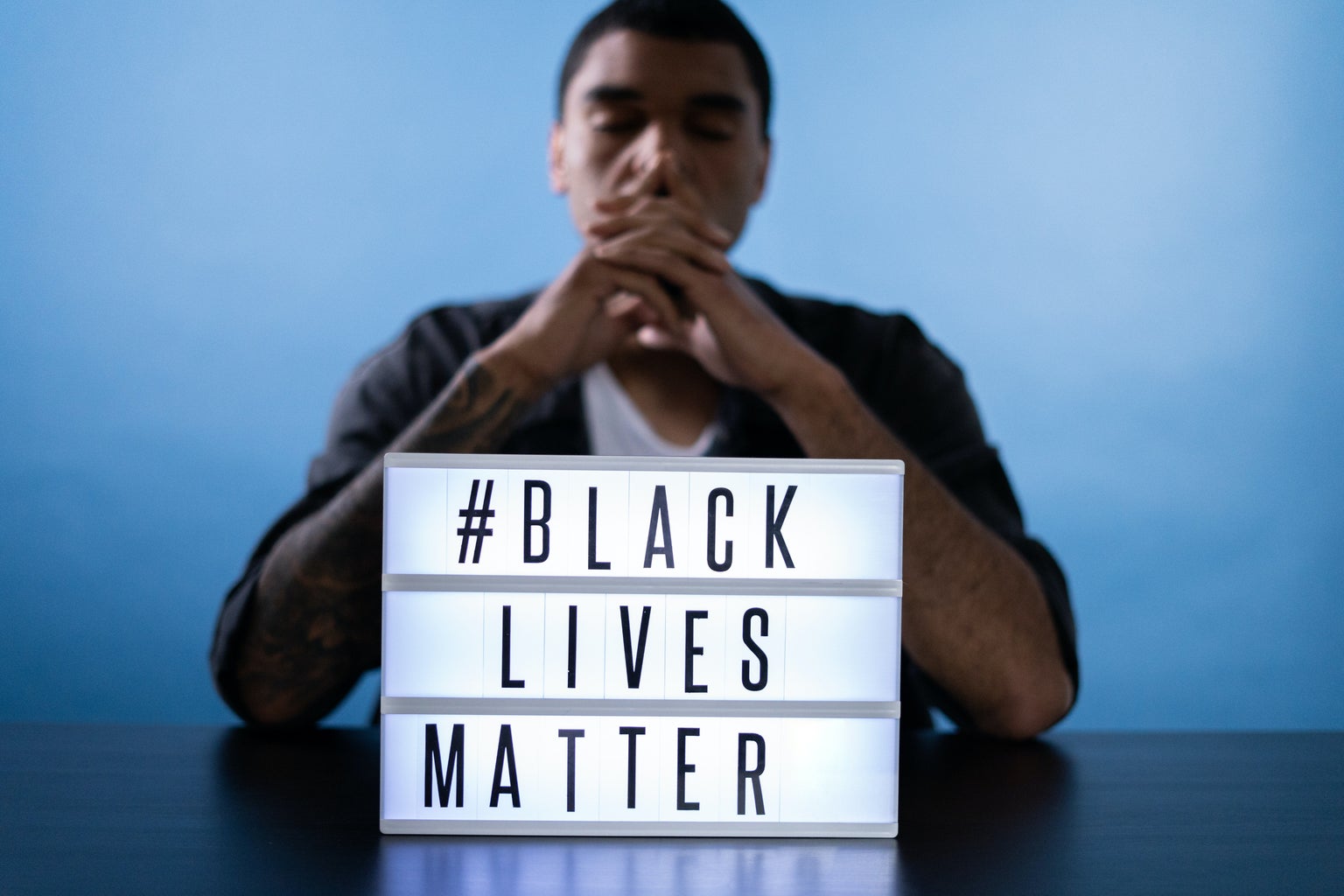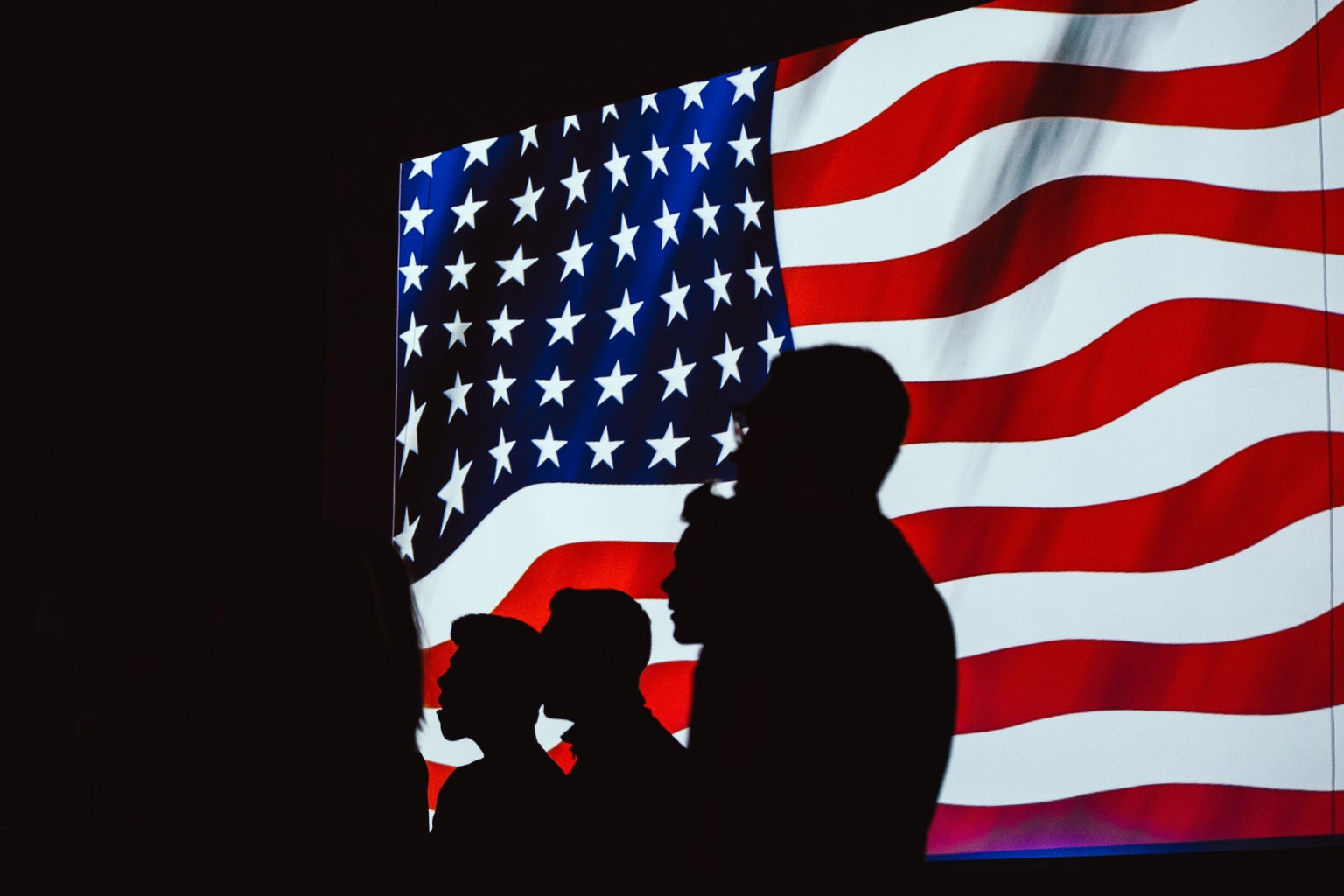As I assume many of us can relate to, applications rule professional spaces. Applications run the world. We need them for universities, graduate programs, internships, jobs, loans, scholarships and just about everything else we need in life. And somewhere in all of the paperwork, there is a question not many of us think twice about when selecting “no”: “Do you have a criminal record or have you served time in prison?”
Imagine how devastating it is to be counted out over a simple question.
In light of instances like this, the month of April marks Second Chance Month, a month-long observance held here in the United States that aims to raise awareness around the challenges faced by individuals with criminal records and to advocate for their reentry into society. Since April has been designated as Second Chance Month by the U.S. government, the cause has been recognized by many organizations, including faith-based groups, nonprofits and advocacy organizations. This is all in an effort to promote policies and programs that help people with criminal records reintegrate into society and to help these individuals to lead productive and fulfilling lifestyles after serving their sentences.
Within the last couple of years, we as a society have realized the importance of questioning the systems around us, including the modern-day prison system here in the United States. With Black and minority demographics making up large percentages of prison populations, movements such as the Black Lives Matter Movement have allowed these voices to go mainstream, catapulting a push for change in a society built on generational wrongdoings. Here is a short overview of the history of the modern-day US prison system and how a slight change of verbiage justified it as slavery’s institutionalized replacement.
With slavery’s long and complex history in the United States, let’s go back to the beginning. The 17th century saw the first African slaves brought to North America by the Europeans. From there the practice of slavery became widespread, especially in the southern colonies where slave labor was used to further the mass production of cash crops such as tobacco, rice and cotton.
When the United States declared its independence from Great Britain in 1776, slavery continued to be legal in the new country. This was further reinstated by the subsequent Constitution including provisions that protected the institution of slavery. This included the “Three-Fifths Compromise” that counted enslaved individuals as three-fifths of a person for the purposes of representation in Congress.
Years of debate and national disagreements over the issue of slavery saw it as a divisive issue in American politics leading up to the Civil War. In 1861, 11 southern states seceded from the Union and formed the Confederate States of America, with slavery as a major issue in the conflict due to its importance to their economy (we are currently living in their former capital). The Union army ultimately prevailed, and slavery was abolished in the United States with the passage of the 13th Amendment to the Constitution in 1865.
This amendment abolished slavery and involuntary servitude, except as a punishment for a crime. This exception is vital to the understanding of present society as it opened the door for the continuation of forced labor in the form of prison labor. Following the end of slavery, many Southern states began enacting laws known as Black Codes, which were designed to control the movements and behaviors of newly freed slaves, criminalizing a wide range of activities, including unemployment, loitering and even leaving one’s job without permission. Once convicted of these crimes, African Americans were sentenced to hard labor on chain gangs and leased out to private businesses for cheap labor, slavery without the title.
With “Blackness” now a punishable offense, the convict lease system saw generally innocent minority prisoners subjected to brutal conditions, forced to work long hours and denied basic rights and freedoms. This system persisted in various forms until the mid-20th century, with many arguing that it laid the foundation for the modern-day prison industrial complex, in which private corporations profit from mass incarceration and prison labor.
The legacy of slavery and the convict lease system can be seen in the disproportionate impact of the modern-day prison system on communities of color, particularly African Americans. Black people are incarcerated at a much higher rate than their white counterparts, and they are more likely to be sentenced to longer prison terms for the same crimes. The modern-day prison system has been criticized for perpetuating both systemic racism and the effects of slavery and Jim Crow laws.
Although Second Chance Month is not reserved for the African American community alone, it would be inconsiderate to ignore the history of the prison system we have today taking Americans away from their families.
The next time you are filling out an application, remember your privilege to say “no.”




